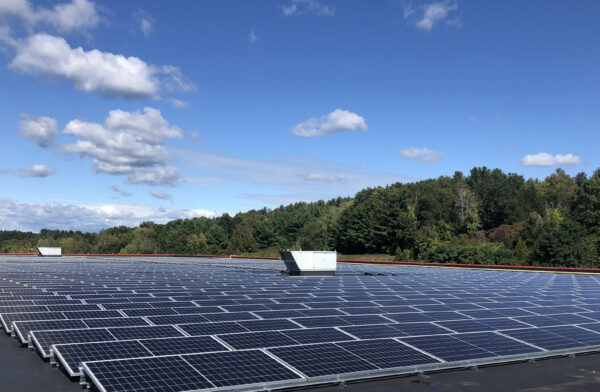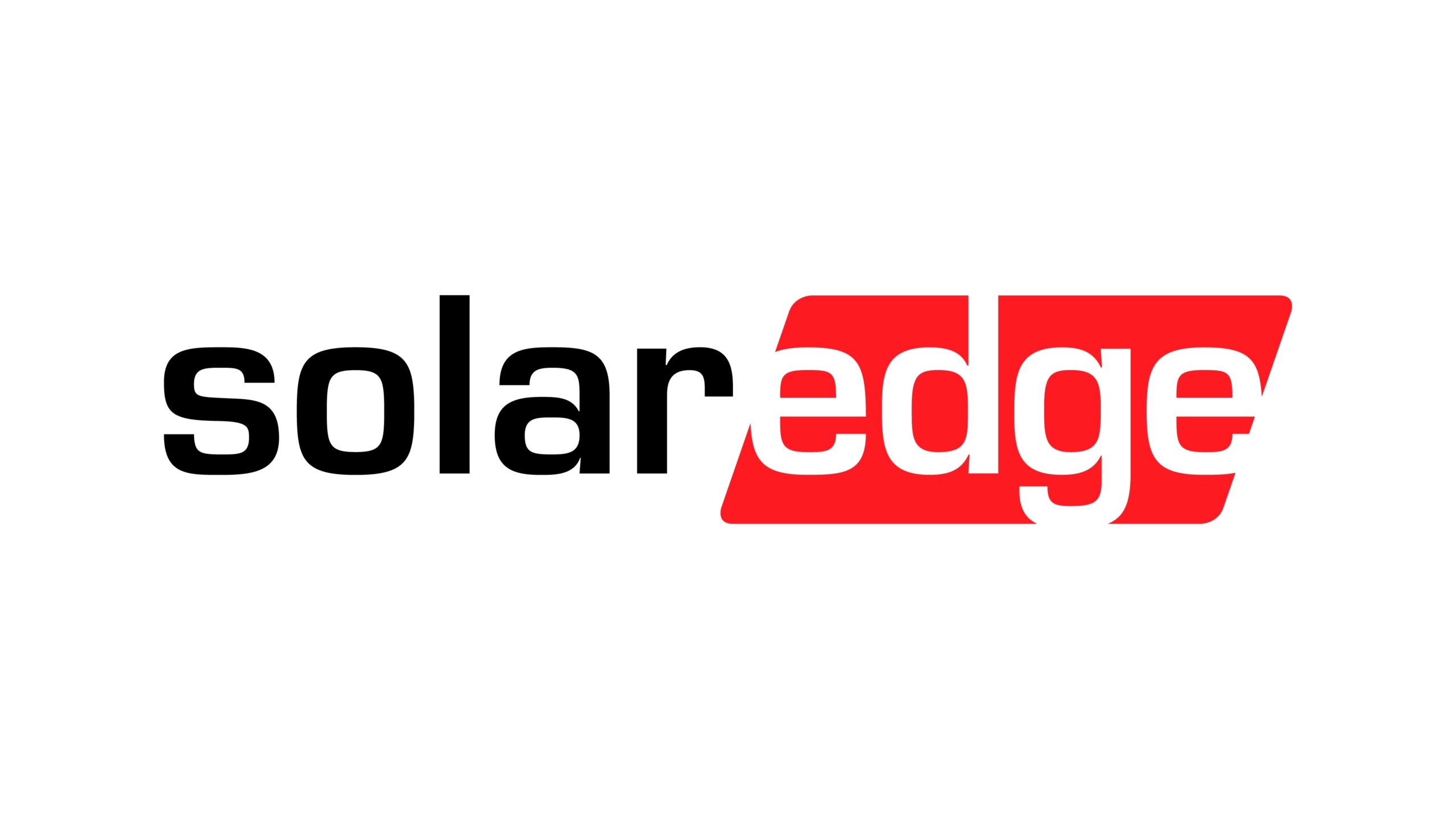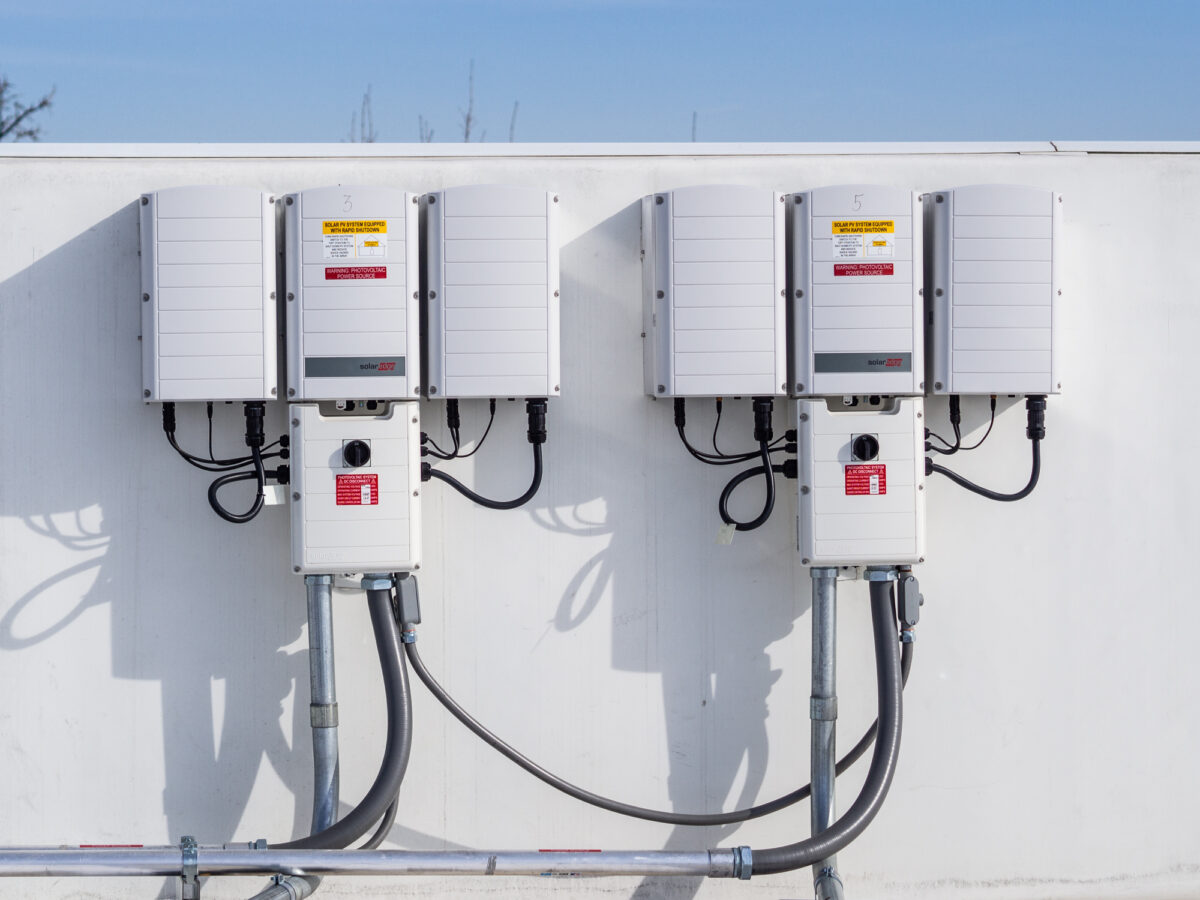The introduction of the UL 3741 Standard for Photovoltaic Hazard Control in 2020 was hailed as an important milestone in the solar industry’s continuing drive to improve solar system safety. Building on rapid shutdown best practice first introduced in NEC 2014, it was conceived to equip the solar industry with a broader array of rapid shutdown options in PV arrays, with the primary objective being to protect firefighters when dealing with fires in buildings with solar installations.
In this respect, UL 3741 has achieved notable success. However, concerns are arising regarding the safety of some of the PV hazard control solutions that have entered the market since the regulation’s introduction.
The need for a holistic approach to safety
Prior to the introduction of UL 3741, the solar industry relied on module-level power electronics (MLPE) technologies, including DC-optimization, to provide rapid shutdown. DC-optimized systems allow for two panels to be connected in series, meaning that, upon rapid shutdown initiation, the maximum voltage within the array is 125 VDC (Hazard Level 1), eliminating the need for additional protective measures to comply with UL 3741.
UL 3741 opened the door to allow solutions that use few if any MLPE devices, including DC-optimization, to be code compliant. In these solutions, AC conductors are de-energized using traditional string inverters. However, the DC array itself maintains high voltage levels (1,000 VDC) even after a rapid shutdown is initiated, corresponding to Hazard Level 3.
To mitigate this increased risk, UL 3741 states that solar arrays must not allow any exposure to dangerous voltages during firefighter interaction. This means that every wire, module, or energized component in the array that can be accessed during firefighter operations must be protected from damage using robust wire protection measures ─ i.e., sturdy guards and conduits. Furthermore, regular inspections are required to ensure that all protective elements and wire management components provide this level of protection throughout the project lifespan.
It is at this point that some of these alternative solutions start to lose traction. This is not due to flaws in UL 3741 itself, but rather because of the way it is being interpreted by some manufacturers and certification agencies.
The biggest concern is non-DC-optimized systems without integrated rapid shutdown, in which exposed, accessible live wires with voltage levels up to 1,000 VDC are held in place by plastic cable ties or plastic raceways. These solutions are not compliant with UL 3741, but they have somehow slipped through the certification process. From day one, those exposed live wires may pose a significant risk to fire fighters. And that risk will only increase as aging and weathering potentially cause the plastic ties and raceways to deteriorate. Once this happens, more sections of conductors may become exposed, accelerating the shock hazard risk to firefighters.

Image: SolarEdge
Assessing the true cost of compliance
From a project economics standpoint, opting for a non-optimized solution might initially seem to make sense. However, upon further analysis, this may not be the case when metrics like Return on Investment (ROI) and Net Present Value (NPV) are considered.
To comply with UL 3741, non-DC-optimized systems require advanced mechanical protection, PV Rapid Shutdown Equipment for array subsections, and longer AC cable runs. These additional costs quickly accumulate, significantly increasing upfront system costs.
Maintenance costs also need to be factored in. DC optimization provides continuous, granular data, which enables real-time monitoring of any potential issue at the DC array. In non-optimized solutions that do not have this capability, a site visit may be required to investigate any issues.
Organizations also need to consider the impact on energy production. For non-DC-optimized solutions to meet the requirements of UL 3741, the inverter must be located no more than one foot away from the array to limit exposure to dangerous energized DC conductors. This restricts inverter placement, increases voltage drop losses, and can make it challenging to avoid shading throughout the day, leading to production losses.
Building a safer solar future
In conclusion, the solar industry has seen great progress in rooftop installations for safety. However, if they are not applied correctly, some non-DC-optimized UL 3741 solutions threaten to diminish this progress. Additionally, designers, developers, EPCs, and asset owners must consider that initial cost savings from non-optimized systems can be outweighed by the added expense of ensuring safety over time. In other words, a thorough understanding of the risks and limitations of these solutions is essential before implementing them in projects.
Sponsored article contributed by Bill Brooks, Principal, Brooks Engineering, and Jason Bobruk, Director of Code Compliance, SolarEdge Technologies, both members of the UL Technical Committee which designed the Standard, and Kleber Facchini, Director of Technical Marketing, Commercial & Utility, SolarEdge Technologies.
This content is protected by copyright and may not be reused. If you want to cooperate with us and would like to reuse some of our content, please contact: editors@pv-magazine.com.









By submitting this form you agree to pv magazine using your data for the purposes of publishing your comment.
Your personal data will only be disclosed or otherwise transmitted to third parties for the purposes of spam filtering or if this is necessary for technical maintenance of the website. Any other transfer to third parties will not take place unless this is justified on the basis of applicable data protection regulations or if pv magazine is legally obliged to do so.
You may revoke this consent at any time with effect for the future, in which case your personal data will be deleted immediately. Otherwise, your data will be deleted if pv magazine has processed your request or the purpose of data storage is fulfilled.
Further information on data privacy can be found in our Data Protection Policy.